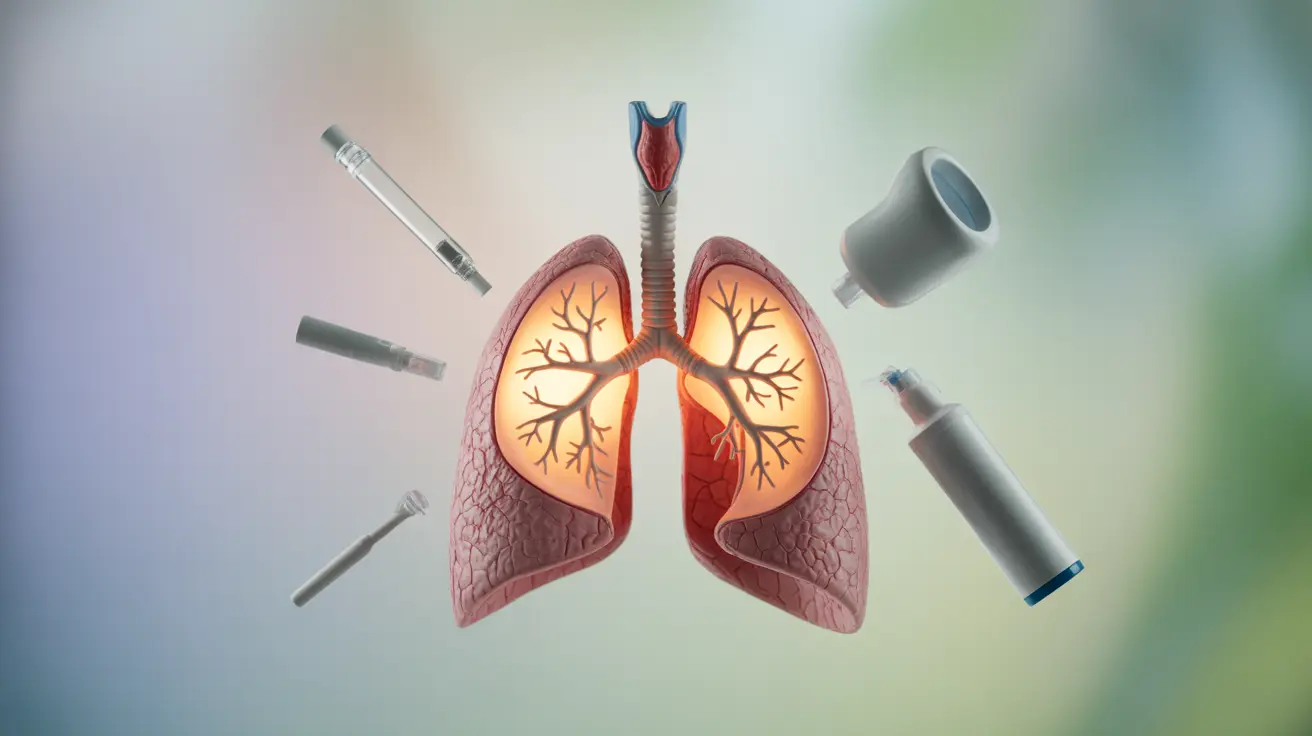Restrictive lung disease can significantly impact a person's quality of life, making breathing increasingly difficult. Understanding the available treatment options is crucial for managing symptoms and improving respiratory function. This comprehensive guide explores the various therapeutic approaches healthcare providers use to help patients with restrictive lung disease breathe easier and maintain their quality of life.
From medication-based interventions to lifestyle modifications and advanced procedures, modern medicine offers multiple strategies to address restrictive lung disease. Let's examine these treatment options in detail to help you better understand what might work best for your situation.
Medication-Based Treatments
Several medications play a crucial role in managing restrictive lung disease symptoms and slowing disease progression. These treatments target different aspects of the condition, from inflammation to breathing difficulties.
Corticosteroids and Anti-inflammatory Medications
Corticosteroids are often prescribed to reduce inflammation in the lungs and airways. These medications can be administered through different methods:
- Oral corticosteroids for severe symptoms
- Inhaled corticosteroids for daily management
- Injectable corticosteroids for acute episodes
Healthcare providers carefully monitor the use of these medications to minimize potential side effects while maximizing their benefits.
Bronchodilators and Inhalers
While primarily associated with obstructive lung diseases, certain types of inhalers can benefit some patients with restrictive lung disease by helping to optimize whatever lung function remains. These medications work by:
- Relaxing airway muscles
- Reducing inflammation
- Improving air flow to accessible lung tissue
Oxygen Therapy and Breathing Support
Oxygen therapy becomes necessary when blood oxygen levels consistently fall below normal ranges. This treatment can dramatically improve quality of life and prevent complications of chronic oxygen deprivation.
Types of Oxygen Delivery Systems
Several options are available for oxygen therapy, including:
- Portable oxygen concentrators
- Home oxygen systems
- Liquid oxygen systems
- Compressed oxygen tanks
Pulmonary Rehabilitation Programs
Pulmonary rehabilitation is a comprehensive program that combines exercise, education, and support to help patients manage their condition more effectively. These programs typically include:
- Breathing exercises and techniques
- Physical conditioning
- Nutritional counseling
- Energy conservation strategies
- Stress management techniques
Surgical Interventions
In severe cases where other treatments prove insufficient, surgical options may be considered. The most significant of these is lung transplantation, which is reserved for patients who meet specific criteria and have exhausted other treatment options.
Evaluating Transplant Candidacy
Healthcare providers consider several factors when evaluating patients for lung transplantation:
- Disease severity and progression
- Overall health status
- Age and lifestyle factors
- Support system availability
- Commitment to post-transplant care
Frequently Asked Questions
What are the main treatment options for restrictive lung disease and how do they work?
The main treatment options include medications (corticosteroids and bronchodilators), oxygen therapy, pulmonary rehabilitation, and in severe cases, lung transplantation. These treatments work together to reduce inflammation, improve breathing efficiency, and maintain adequate oxygen levels in the body.
How do inhalers and corticosteroids help manage symptoms of restrictive lung disease?
Inhalers and corticosteroids help by reducing inflammation in the lungs and airways, making breathing easier. Corticosteroids target inflammation directly, while certain inhalers can help optimize remaining lung function by relaxing airway muscles.
When is oxygen therapy recommended for patients with restrictive lung disease?
Oxygen therapy is recommended when patients consistently show low blood oxygen levels, particularly during physical activity or sleep. Healthcare providers typically prescribe oxygen therapy when oxygen saturation falls below 88-90% regularly.
What role does pulmonary rehabilitation play in improving breathing for restrictive lung disease patients?
Pulmonary rehabilitation plays a crucial role by providing comprehensive care that includes exercise training, breathing techniques, education, and support. This program helps patients improve their physical conditioning, learn effective breathing strategies, and better manage their condition.
Under what circumstances is a lung transplant considered for treating restrictive lung disease?
Lung transplantation is considered when patients have severe disease that continues to progress despite optimal medical therapy, significantly impaired quality of life, and have exhausted all other treatment options. Candidates must also be otherwise healthy enough to undergo major surgery and commit to post-transplant care.




